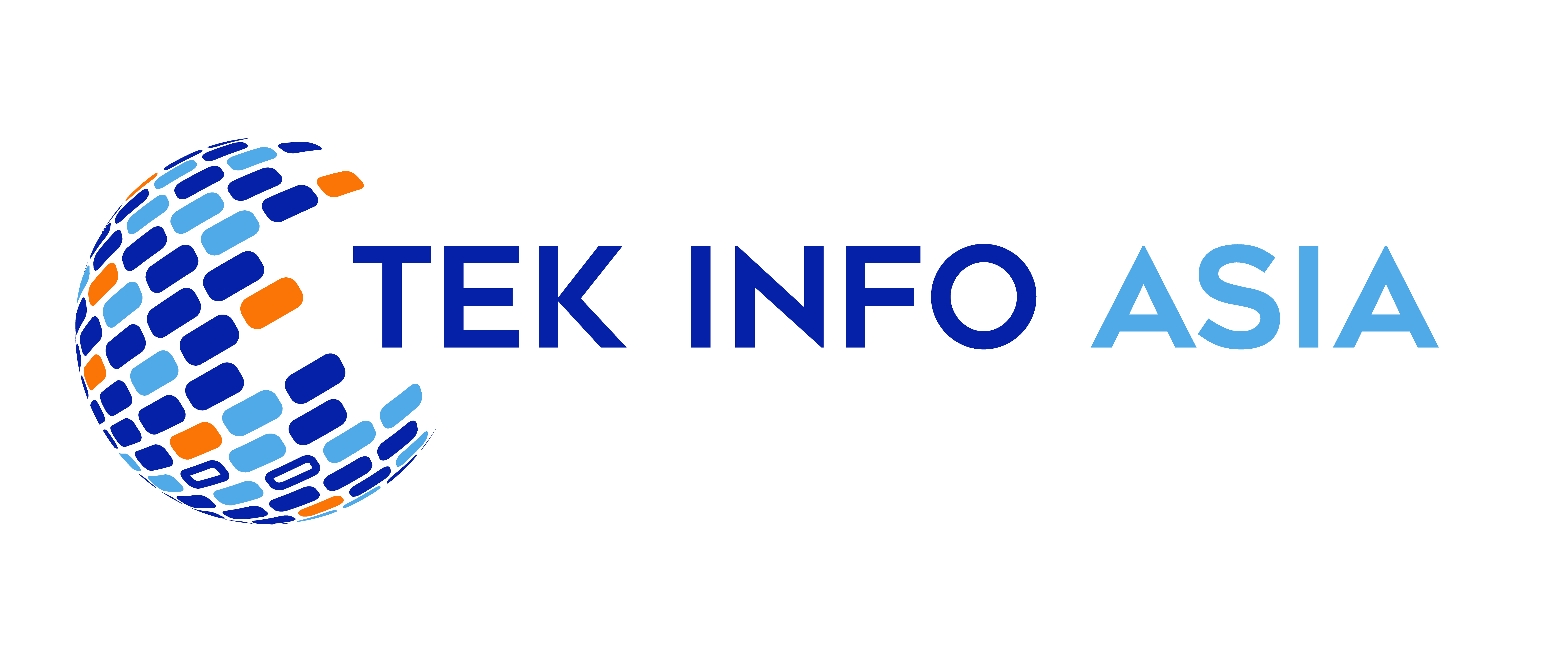Technical Audit

A technical audit is a deep dive into an organization’s tech stack, giving an x-ray view of its digital backbone. It’s a health check-up for all the code, systems, and processes that power a business’s operations. Think of it as a full-body scan that diagnoses potential issues before they become critical.
The audit team examines every nook and cranny of the tech environment, from infrastructure and applications to security protocols and data management. They assess performance, efficiency, and compliance, identifying vulnerabilities and areas for improvement.
The end goal? Ensuring the tech ecosystem aligns with business objectives and runs like a well-oiled machine. It’s like having a team of digital detectives uncover tech debt, bottlenecks, and risks, providing a roadmap for optimization and future-proofing.
In today’s fast-paced digital landscape, a technical audit is essential for staying ahead of the curve. It’s a proactive approach to maintaining a robust, secure, and agile tech foundation, enabling organizations to innovate and adapt with confidence.
A technical audit is a comprehensive review and assessment of an organization’s technology infrastructure, systems, applications, processes, and controls. It evaluates the effectiveness, efficiency, security, and compliance of the technical environment to identify potential risks, vulnerabilities, and areas for improvement.
The primary objectives of a technical audit include:
- Assessing the overall health and performance of the technical infrastructure
- Identifying potential security vulnerabilities and compliance issues
- Evaluating the alignment of technology with business objectives and requirements
- Ensuring the efficient utilization of technology resources
- Recommending improvements and best practices for better technology management
A technical audit typically involves the following phases:
- Planning and scoping: Defining the scope, objectives, and approach of the audit.
- Information gathering: Collecting data and documentation related to the technical environment.
- Analysis and assessment: Evaluating the collected information against established standards, best practices, and organizational requirements.
- Reporting: Documenting the findings, recommendations, and action plans in a comprehensive report.
- Follow-up and implementation: Monitoring the implementation of the recommendations and addressing any outstanding issues.
